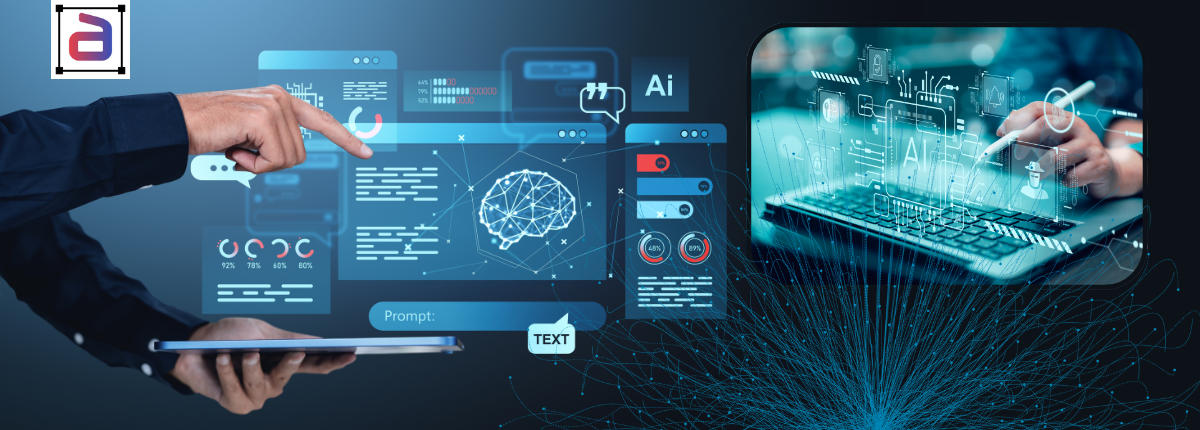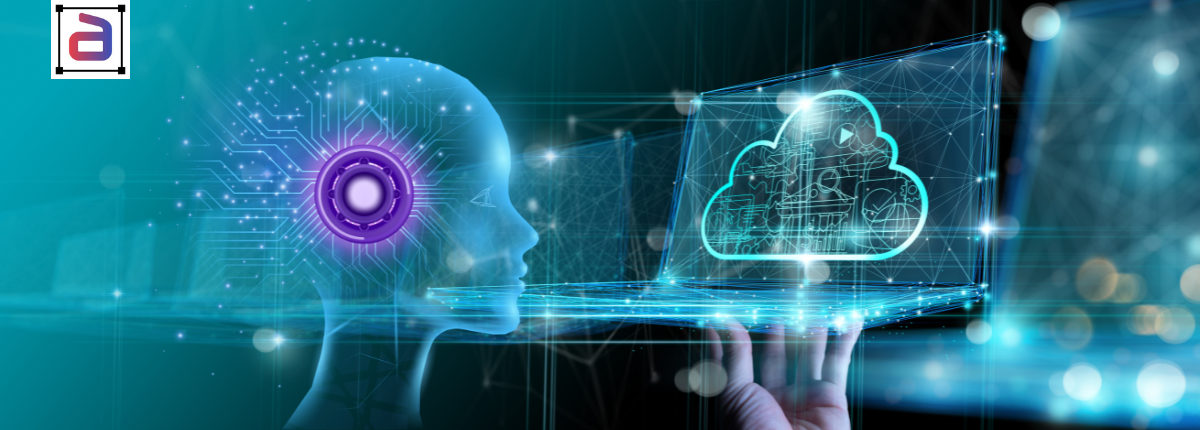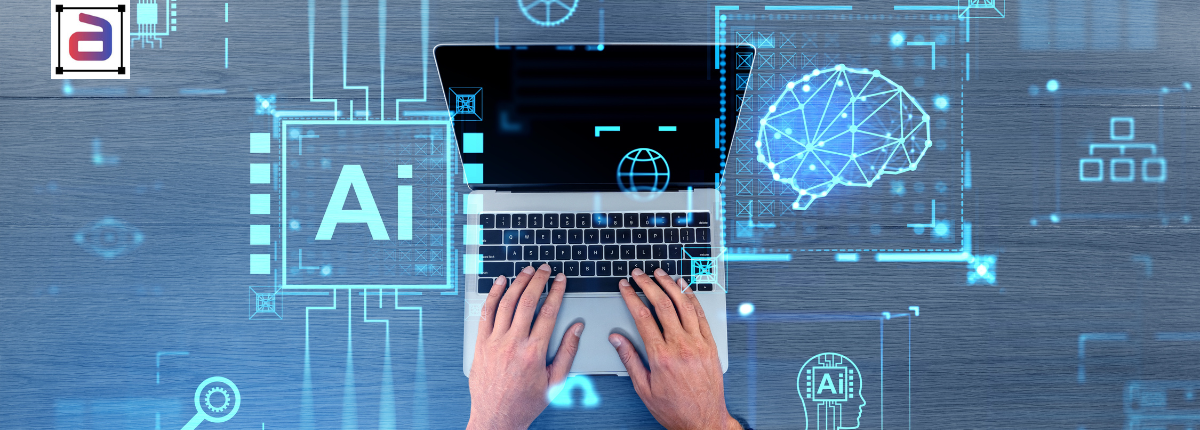For years, human annotators have been the silent force powering artificial intelligence. They painstakingly labeled images, transcribed speech, and tagged text to create the massive datasets that trained modern AI systems. With the rise of automated annotation tools, however, the role of humans is rapidly evolving. Instead of spending hours labeling every single data point, humans are increasingly becoming validators and supervisors of machine-generated annotations.
Table of Contents
This transition doesn’t diminish the value of human expertise—it amplifies it. Humans are becoming the quality guardians of AI, ensuring that automated labeling systems remain accurate, ethical, and trustworthy.
Why the Shift is Happening
Think back to how data annotation used to work: humans sat for hours clicking through images, marking objects, or tagging snippets of text. Today, automated annotation tools powered by AI are taking on much of that repetitive heavy lifting:
- They can pre-label millions of images, video frames, or text samples at speeds no human team could match.
- They flag likely mistakes or ambiguous cases so that people don’t waste time reviewing easy ones.
- They use generative models to make educated guesses about labels, cutting down on repetitive workloads.
But here’s the catch: automation isn’t perfect. Machines struggle with edge cases, cultural nuances, or subtle ethical concerns that require human understanding. That’s why the human role is shifting from being pure “labelers” to becoming validators and supervisors. In plain terms, people are now the ones double-checking, correcting, and making sure the AI’s work is fair and accurate. This change ensures that datasets remain reliable, balanced, and truly representative of the real world.
The New Role of Humans in Annotation
In the age of automation, human annotators are no longer just labelers. Their responsibilities now include:
- Validation: Reviewing machine-generated annotations to confirm accuracy.
- Correction: Adjusting labels when AI misclassifies or misses context.
- Contextual Interpretation: Understanding sarcasm, cultural references, slang, or medical subtleties that AI often misreads.
- Bias Detection: Identifying and correcting systemic biases present in AI-generated outputs.
- Ethical Oversight: Ensuring datasets meet regulatory, cultural, and ethical standards.
By focusing on these higher-value tasks, humans become strategic contributors to the AI lifecycle rather than operational workers.
Benefits of the Labeling-to-Validation Shift
Think of this shift as moving from writing a first draft to being the editor who polishes it. Automated annotation writes the rough draft by labeling at speed, but humans step in to make sure it makes sense, is accurate, and is fair. Here’s why this matters:
- Speed + Quality: AI can fly through massive amounts of data in minutes, but it often misses small details. Humans provide the careful review—like a proofreader catching typos—that ensures the final result is reliable.
- Cost Efficiency: Instead of spending countless hours on repetitive clicks, people spend their time on the tricky, high-value cases. This saves time and money while making sure effort is applied where it counts most.
- Bias Reduction: Machines can sometimes reflect unfair patterns they’ve learned from past data. Human validators act like referees, stepping in to make sure no group is overlooked or misrepresented.
- Trust and Accountability: Having humans in the loop creates a safety net. Stakeholders know someone has double-checked the AI’s work, making the system more transparent, compliant, and worthy of trust.
Industry Examples
- Healthcare: Automated tools can pre-label anomalies in CT or MRI scans. Doctors and trained annotators validate these results, ensuring clinical-grade accuracy and preventing false positives or negatives that could affect patient care.
- Autonomous Vehicles: AI annotates road elements such as cars, pedestrians, and traffic lights, but humans validate challenging conditions like snow-covered signs, construction zones, or emergency vehicles. This human oversight improves safety in edge scenarios.
- Voice AI: Automated transcription tools generate initial drafts of conversations, but humans refine phonetic nuance, emotional tone, and context—ensuring accurate sentiment detection in call centers or accessibility solutions.
- Retail & NLP: AI tags sentiment in thousands of customer reviews, but humans validate tricky cases such as sarcasm (e.g., “Great, another delayed order”) or culturally specific slang, ensuring insights reflect real customer intent.
Challenges in Human + Automated Annotation Collaboration
Even though automated annotation speeds things up, working hand-in-hand with machines introduces its own set of challenges. Here’s what teams often face:
- Over-Reliance: There’s a temptation to assume the AI is always right. But just like relying on autocorrect without proofreading, blindly trusting AI outputs can lead to serious mistakes. Human diligence is still needed to catch errors.
- Training Needs: The role of annotators is shifting. Instead of just labeling, they now supervise, validate, and correct. This requires new skills—understanding bias, practicing ethical oversight, and learning how to work with AI tools effectively.
- Quality Assurance at Scale: Imagine checking millions of labels. Without smart QA systems and structured review processes, it’s easy for mistakes to slip through. Clear workflows and consensus frameworks are critical for maintaining quality.
- Privacy & Compliance: Many projects involve sensitive data—like patient scans, customer conversations, or financial records. This means strict compliance with regulations like GDPR and HIPAA isn’t optional; it’s essential. Annotators and organizations must treat this data with the highest level of care to maintain trust.
Annotera’s Approach
At Annotera, we embrace this shift from labeling to validation. Our workflows are designed around Human-in-the-Loop (HITL) principles, ensuring that automation is always complemented by human expertise:
- Hybrid Workflows: AI performs pre-labeling at scale, while human experts validate and refine.
- Bias-Aware Practices: Annotators are trained to identify and correct bias in AI-generated outputs.
- Ethics & Compliance: Secure, compliant processes protect sensitive healthcare, finance, and customer data.
Case Example: Annotera partnered with a healthcare AI company to validate automated annotations in radiology scans. By combining automation with human validation, accuracy improved by 21%, while project timelines were reduced by nearly half. Clinicians reported greater confidence in AI-assisted diagnoses, directly improving patient care.
Executive Takeaway
Automation is not replacing human annotators—it’s redefining them. The future of annotation is not “human vs. AI” but human + AI, with people serving as validators, supervisors, and ethical guardians. This ensures AI systems are not only fast but also safe, fair, and aligned with human values.
“AI may do the labeling, but humans ensure the learning is accurate, fair, and responsible.” — AI Strategist
The role of humans in annotation is evolving from labeling to validation. This shift ensures that AI systems are not just efficient, but also accurate, ethical, and trustworthy.
Ready to build AI systems you can trust? Partner with Annotera to combine the power of automated annotation with the critical oversight of human validation.



